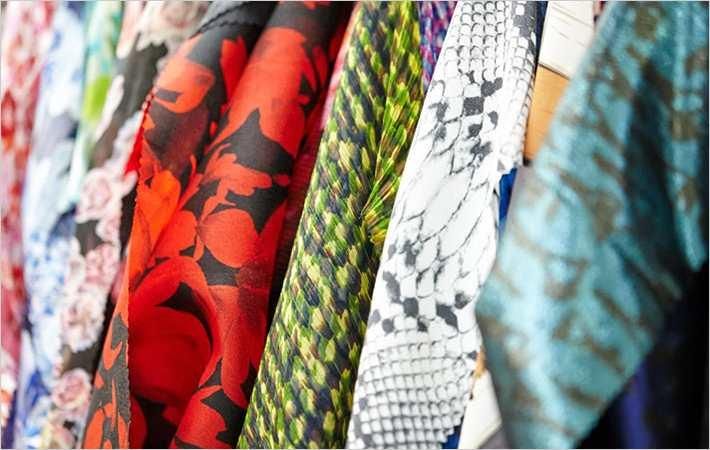'Textile most relevant part of production process'

"My forte lies in making my own range of hand-crafted textiles. I do not go out and source from what is available in the market. So, for me it is the textile that is the most relevant part of the production process," Jain told Fibre2Fashion in an exclusive interview.
Talking about ikat weave, Jain said, "Ikat is one of the most ancient weaving techniques. The ikats of Central Asia, Southeast Asia, Africa, Japan and Central and South America are well-known. While you will find regional variations in the design, the 'blurriness' of the weave remains a constant due to the extremely tough resist-dyeing technique that characterises it, which weavers take years to perfect."
"Ikats across the globe play around with three types-the warp ikat, the weft ikat, and the double ikat. The last is the most difficult to render as resists are tied to both the warp and the weft before dyeing, and this weaving form can be found only in four countries-India, Indonesia, Japan and Guatemala," she added.
The handloom sector has taken a beating due to factory-produced fabrics. Price becomes an important factor considering that mass-produced fabrics are far cheaper than handlooms.
"Sadly, the indigenous textiles sector is endangered today because of the lack of substantial buyers who can guarantee weavers' livelihoods. But I am relieved that there is a small section that appreciates what the natural textiles industry has to offer, and who value our traditional weaves. My humble attempt is to keep buyers' interest alive in handlooms and to grow that space. We cannot let a 2,000-year-old tradition die out," continued Jain.
In order to safeguard against getting edged out, the traditional textiles sector needs to build on its core strengths.
"However, this can only happen if government departments responsible for Indian textiles, handlooms and khadi could invest in the sector in a strategic fashion. I would be very happy to work in convergence with the government to infuse fresh life into a sector that might otherwise suffer a steady decline," she informed. (KD)
Click here to read the complete interview.
Fibre2Fashion News Desk – India
































-Ltd..jpg?tr=w-120,h-60,c-at_max,cm-pad_resize,bg-ffffff)





.jpg?tr=w-120,h-60,c-at_max,cm-pad_resize,bg-ffffff)
.jpg?tr=w-120,h-60,c-at_max,cm-pad_resize,bg-ffffff)






